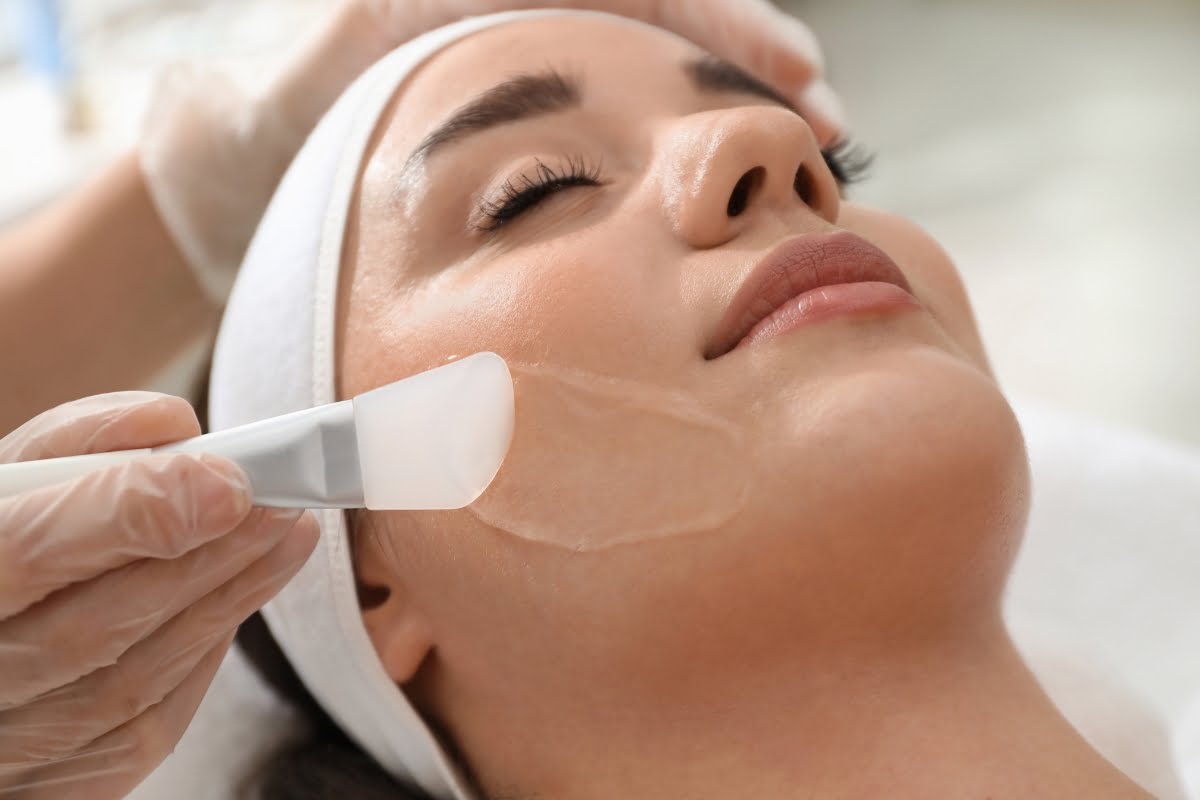Physical exfoliation has long been a staple in skincare routines, but chemical peels offer a powerful alternative for achieving radiant and rejuvenated skin. While physical exfoliation relies on abrasive particles or tools to remove dead skin cells, chemical peels utilize gentle acids to dissolve impurities and reveal a smoother complexion.
In this guide, we’ll delve into the transformative benefits of chemical peels, exploring how they can address a range of skincare concerns, from acne and hyperpigmentation to fine lines and dullness.
Whether you’re new to chemical peels or seeking to enhance your skincare regimen, get ready to unveil the power of chemical peels and unlock the secrets to radiant, glowing skin.
Radiant Skin Awaits: Harnessing the Power of Physical Exfoliation and Chemical Peels!
Physical Exfoliation vs. Chemical Exfoliation: What’s the Difference?
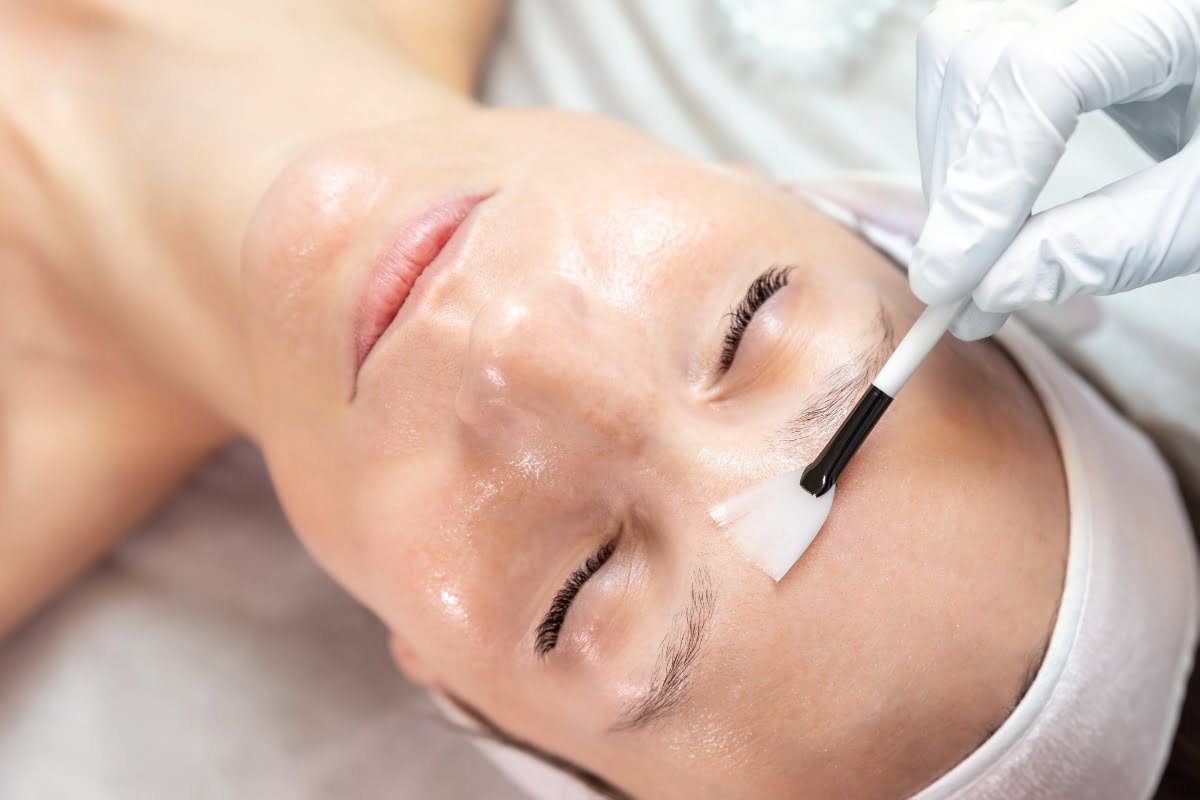
When it comes to skincare, the debate between physical exfoliation and chemical exfoliation has been ongoing. Understanding the key differences between the two methods is crucial for achieving radiant and healthy skin.
Let’s start by examining physical exfoliation. This method involves using abrasive scrubs or tools to physically remove dead skin cells from the skin’s surface. Common physical exfoliants include sugar scrubs, loofahs, and cleansing brushes. They work by sloughing off dull skin, revealing a smoother complexion underneath.
Chemical exfoliation, in contrast, utilizes acids such as alpha-hydroxy acids (AHAs) and beta-hydroxy acids (BHAs) to break down dead cells and clear pores. This method involves products with components like glycolic acid, salicylic acid, or lactic acid. It is typically milder than physical exfoliation and can address particular skin issues such as acne or uneven skin tone.
The benefits of physical exfoliation include immediate results in terms of smoother skin texture and a brighter complexion. It can also help with circulation and the absorption of skincare products. However, over-exfoliation with harsh physical scrubs can damage the skin’s barrier and cause irritation.
On the other hand, chemical exfoliation is known for its ability to penetrate deeper into the skin, promoting cell turnover and collagen production. It is effective in treating fine lines, hyperpigmentation, and acne scarring. While chemical exfoliants are generally milder, they can still cause sensitivity if not used correctly.
In conclusion, both physical exfoliation and chemical exfoliation have their pros and cons. It all boils down to personal preference, skin type, and specific skin concerns. Incorporating both methods into your skincare routine can provide a well-rounded approach to achieving radiant and healthy skin.
The Science Behind Chemical Peels
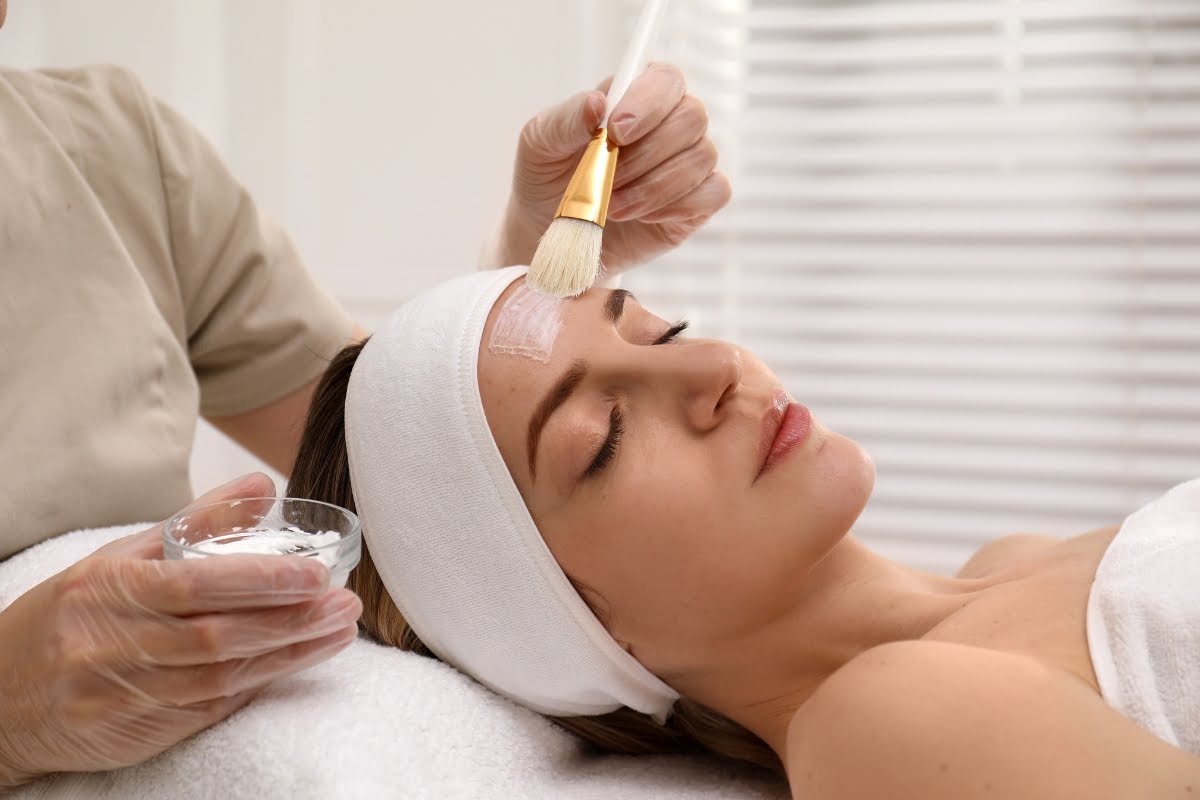
Before we dive into the world of chemical peels, it’s essential to understand the science behind this transformative skincare treatment.
Chemical peels work by applying a solution containing various acids, such as alpha-hydroxy acids (AHAs), beta-hydroxy acids (BHAs), or trichloroacetic acid (TCA), to the skin. These acids penetrate the outermost layer of the skin, known as the epidermis, and target specific concerns like acne, hyperpigmentation, fine lines, and uneven texture.
Once applied, the chemical solution triggers a controlled injury response in the skin. This prompts the body’s natural healing process and stimulates collagen production. As a result, old skin cells are shed more rapidly, revealing fresh, rejuvenated skin underneath. The depth of penetration and strength of the chemical peel can vary depending on individual needs and desired outcomes.
Chemical peels offer a customizable approach to skincare since different acid concentrations and combinations can be used to address specific concerns. Whether you’re looking for a gentle exfoliation or a more intensive treatment for deeper skin rejuvenation, there’s a chemical peel suited for your unique needs.
Understanding Different Types of Chemical Peels
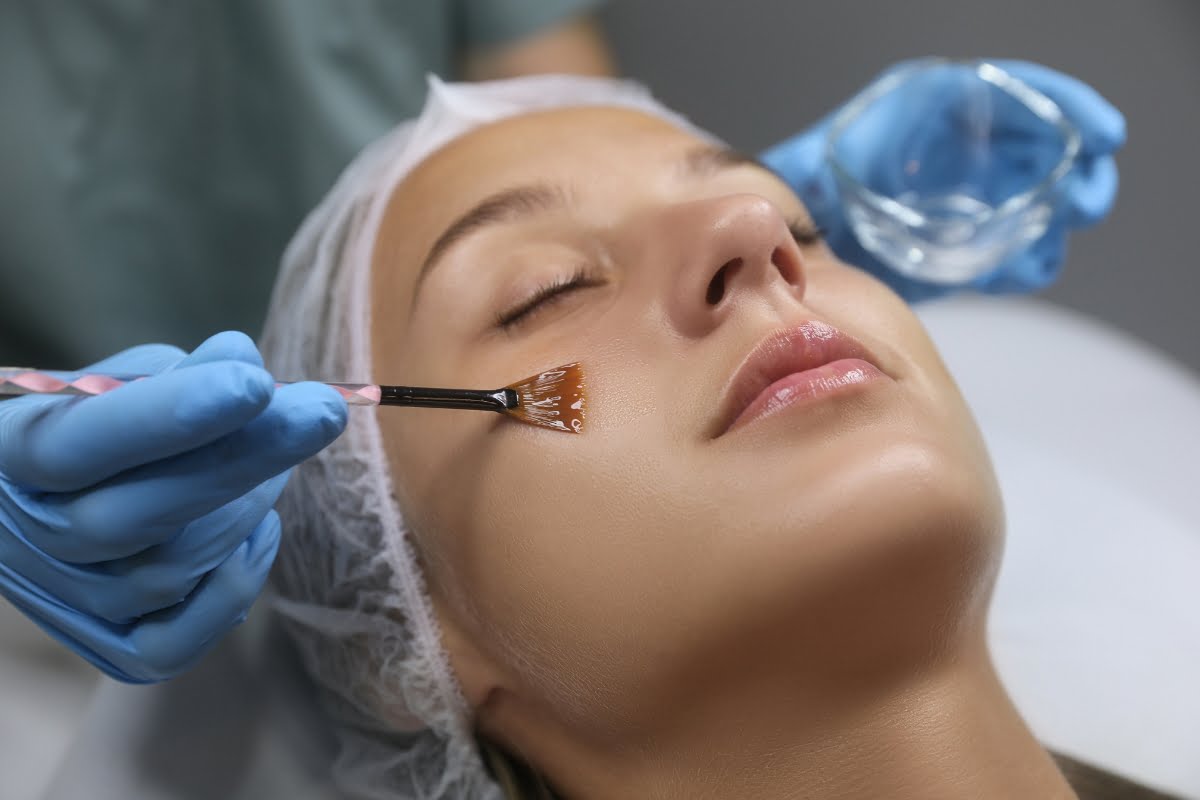
Not all chemical peels are created equal. There are different types available that cater to various skin concerns and sensitivities.
One of the most common types of chemical peels is the superficial peel. This type of peel is gentle and works on the outer layer of the skin, helping to improve skin texture and tone. Superficial peels are often recommended for those looking to address minor skin concerns such as fine lines, acne scars, and uneven pigmentation.
Moving on to medium peels, these penetrate the outer and middle layers of the skin to target more moderate skin issues. Medium peels can help reduce the appearance of wrinkles, age spots, and freckles, leading to a smoother and more even complexion. It’s essential to consult with a skincare professional to determine if a medium peel is suitable for your skin type.
For those with more severe skin concerns, deep chemical peels may be recommended. Deep peels penetrate deep into the middle layer of the skin to address significant skin damage such as deep wrinkles, pronounced pigmentation issues, and scars. Due to their potency, deep peels require careful consideration and should only be performed by qualified professionals.
Regardless of the type of chemical peel chosen, it’s crucial to follow post-peel care instructions diligently to ensure optimal results and minimize the risk of complications. This may include avoiding direct sunlight, using gentle skincare products, and staying hydrated to support skin healing.
Benefits of Incorporating Chemical Peels in Your Skincare Routine
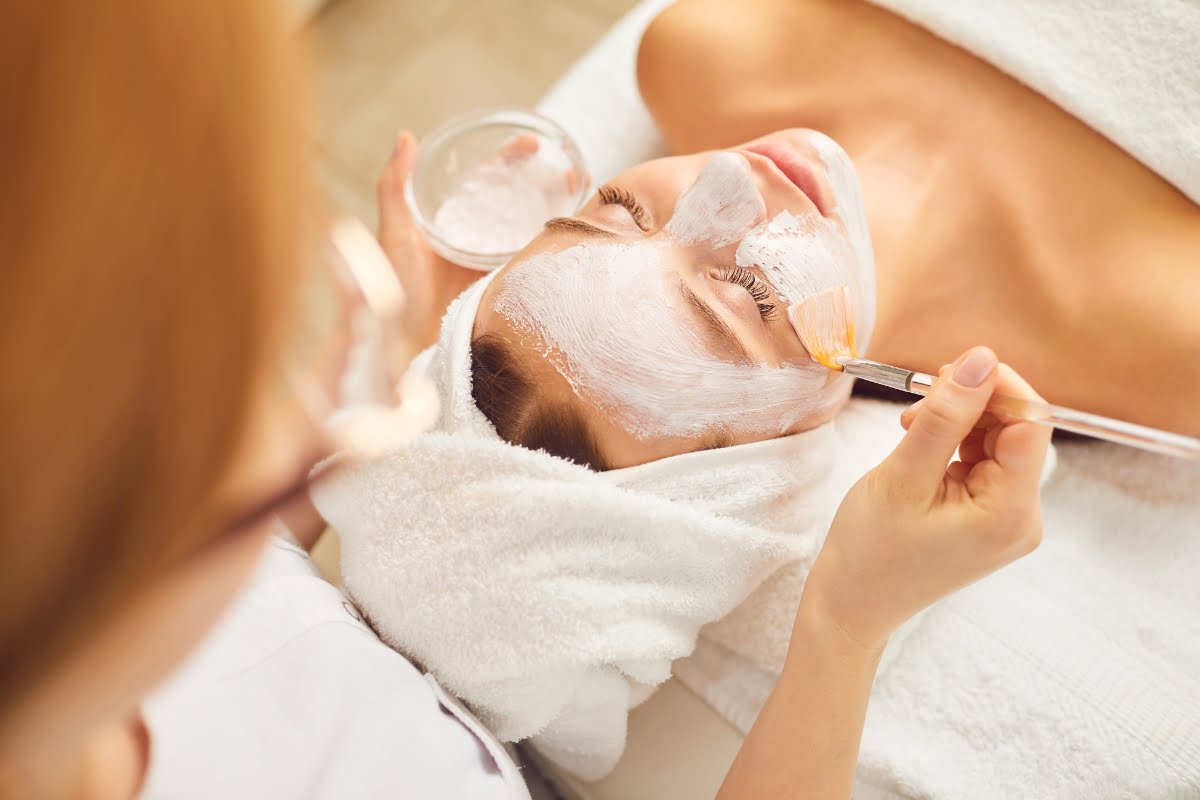
The benefits of incorporating chemical peels into your skincare routine are vast and varied. Here are some key advantages that make chemical peels a must-have in your quest for radiant skin:
- Exfoliation: Chemical peels provide a deeper exfoliation than physical exfoliants alone. By exfoliating dead skin cells and clearing pores, they help enhance skin texture and refine the overall complexion.
- Skin Rejuvenation: Chemical peels stimulate collagen production, leading to firmer, plumper skin with reduced fine lines and wrinkles.
- Hyperpigmentation Reduction: Whether caused by sun damage or hormonal changes, hyperpigmentation can be effectively treated with chemical peels that target melanin production.
- Acne Control: By diminishing oil production, clearing pores, and decreasing inflammation, chemical peels have the potential to manage acne effectively.
- Enhanced Skincare Product Absorption: By removing the outer layer of dead skin cells, chemical peels allow for better absorption of skincare products, maximizing their effectiveness.
- Boosted Confidence: Achieving healthier, more radiant skin can significantly boost self-confidence and improve overall well-being.
With these incredible benefits in mind, it’s no wonder that chemical peels have become a go-to treatment for those seeking transformative results.
Preparing Your Skin for a Chemical Peel
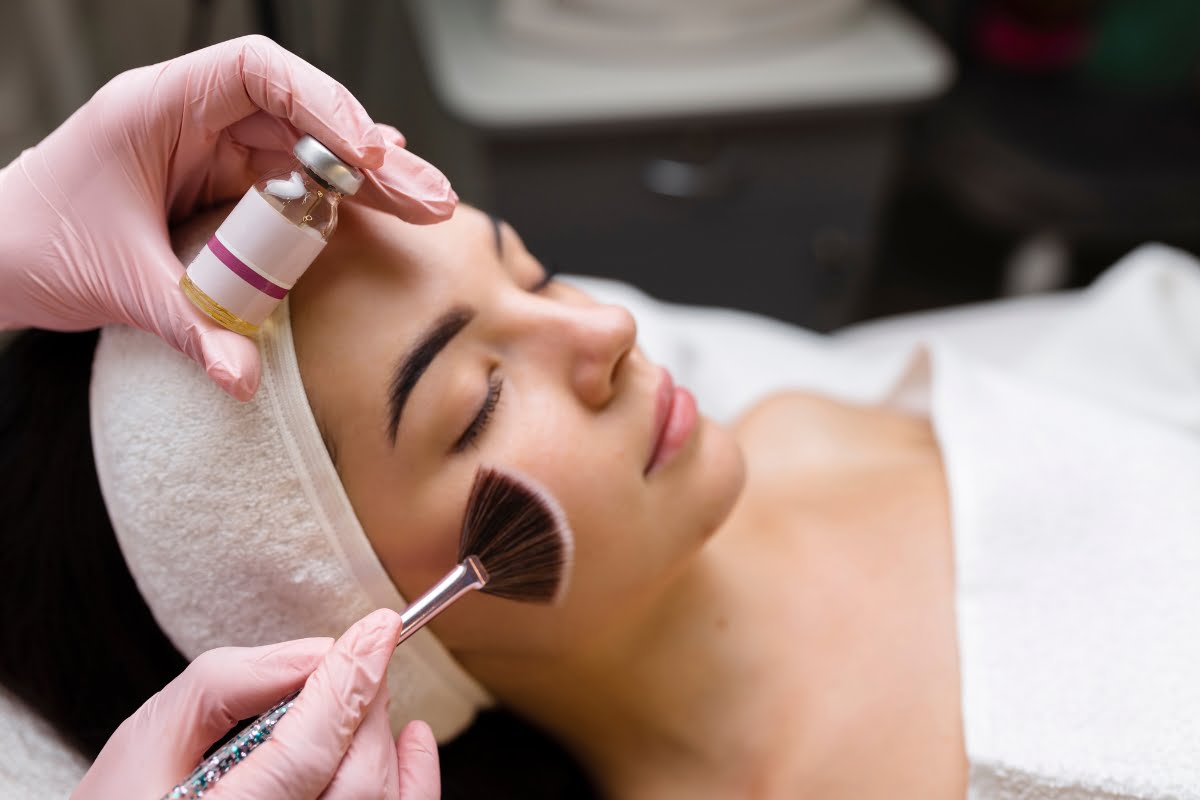
When it comes to preparing your skin for a chemical peel, incorporating physical exfoliation can significantly enhance the results. Physical exfoliation involves the removal of dead skin cells from the surface of the skin, allowing for better penetration of the chemical peel and promoting a more radiant complexion.
Before undergoing a chemical peel, it is essential to properly cleanse your skin using a gentle cleanser tailored to your skin type. This helps to remove any impurities and oils that could hinder the effectiveness of the chemical peel.
Following cleansing, physical exfoliation can be introduced to further prepare the skin. Techniques such as using a gentle scrub or exfoliating brush help to slough off dead skin cells, promoting cell turnover and revealing fresh, new skin underneath.
Physical exfoliation enhances the efficacy of chemical peels by creating a smoother canvas for the peel to work on. It also helps to unclog pores, minimize the appearance of fine lines and wrinkles, and improve overall skin texture.
When incorporating physical exfoliation into your skincare routine before a chemical peel, it is crucial to choose products that are gentle yet effective. Avoid harsh scrubs with large particles that can cause micro-tears in the skin. Instead, opt for products with fine exfoliating particles or soft brushes to achieve a thorough yet gentle exfoliation.
In addition to physical exfoliation, it is essential to follow a proper skincare regimen post-peel to aid in the skin’s recovery process. This includes using gentle, hydrating products to soothe the skin and protect it from environmental aggressors.
By incorporating physical exfoliation into your skincare routine before a chemical peel, you can unveil the true power of these treatments for radiant, glowing skin. Remember to consult with a skincare professional to determine the best approach for your skin type and concerns.
What to Expect During a Chemical Peel Treatment
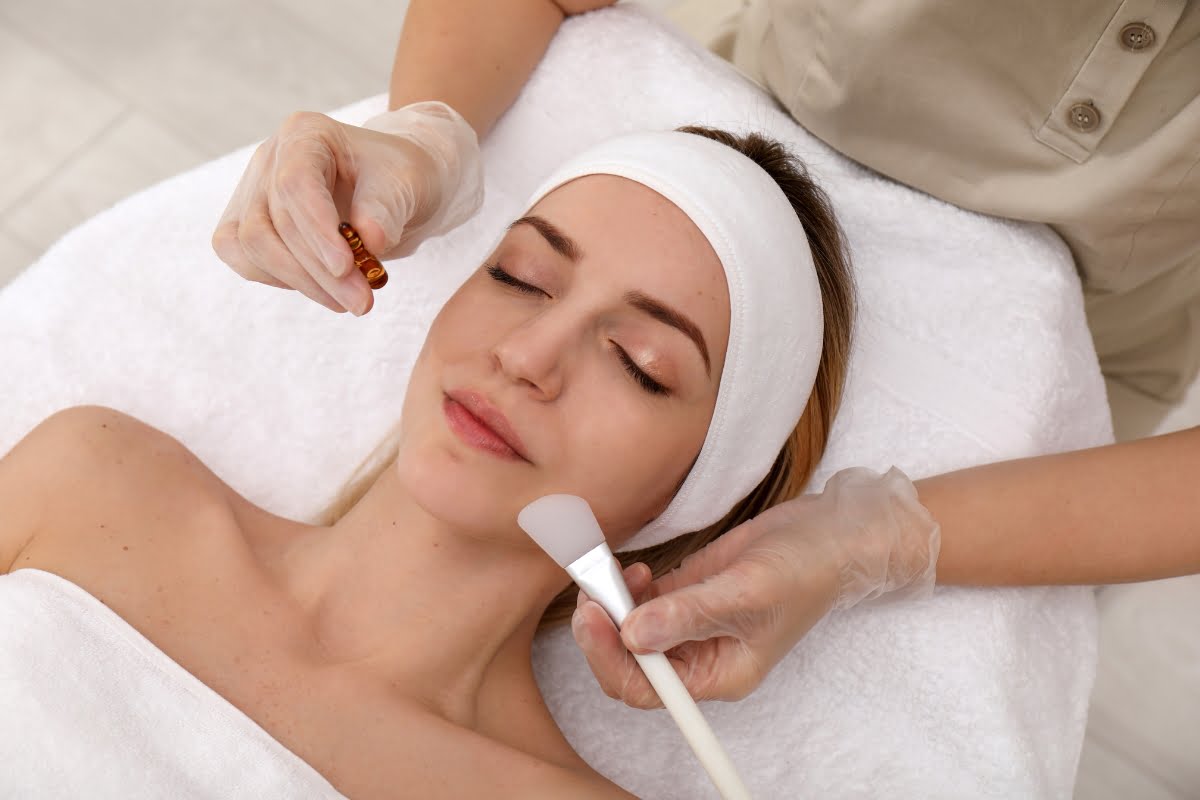
The experience of a chemical peel treatment may vary depending on the type and strength of the peel. However, here’s a general overview of what you can expect:
To start a chemical peel procedure means initially purifying the skin to eliminate any traces of dirt, oil, or makeup residue. This crucial stage guarantees the efficient penetration of the peel into the skin, leading to the best possible outcomes.
Once the skin is cleansed, a solution containing various acids such as glycolic acid, salicylic acid, or lactic acid is applied to the skin. These acids work to exfoliate the outer layers of the skin, promoting cell turnover and revealing a smoother, more even complexion.
As the chemical peel solution is applied, you may experience a tingling or slightly burning sensation. This is normal and indicates that the acids are actively working to exfoliate the skin. The intensity of the sensation will depend on the strength of the peel used and your individual skin sensitivity.
After the peel solution has been left on for a specified amount of time, it is neutralized and removed from the skin. Your skincare provider will then apply a soothing moisturizer or serum to help calm the skin and promote healing.
Following a chemical peel procedure, it is common to experience redness, flaking, and peeling as the top skin layers shed to unveil a rejuvenated skin layer beneath. It is crucial to shield your skin from sunlight exposure during this phase and adhere to the aftercare guidelines given by your skincare professional.
Post-Peel Care: Nurturing Your Skin Back to Radiance
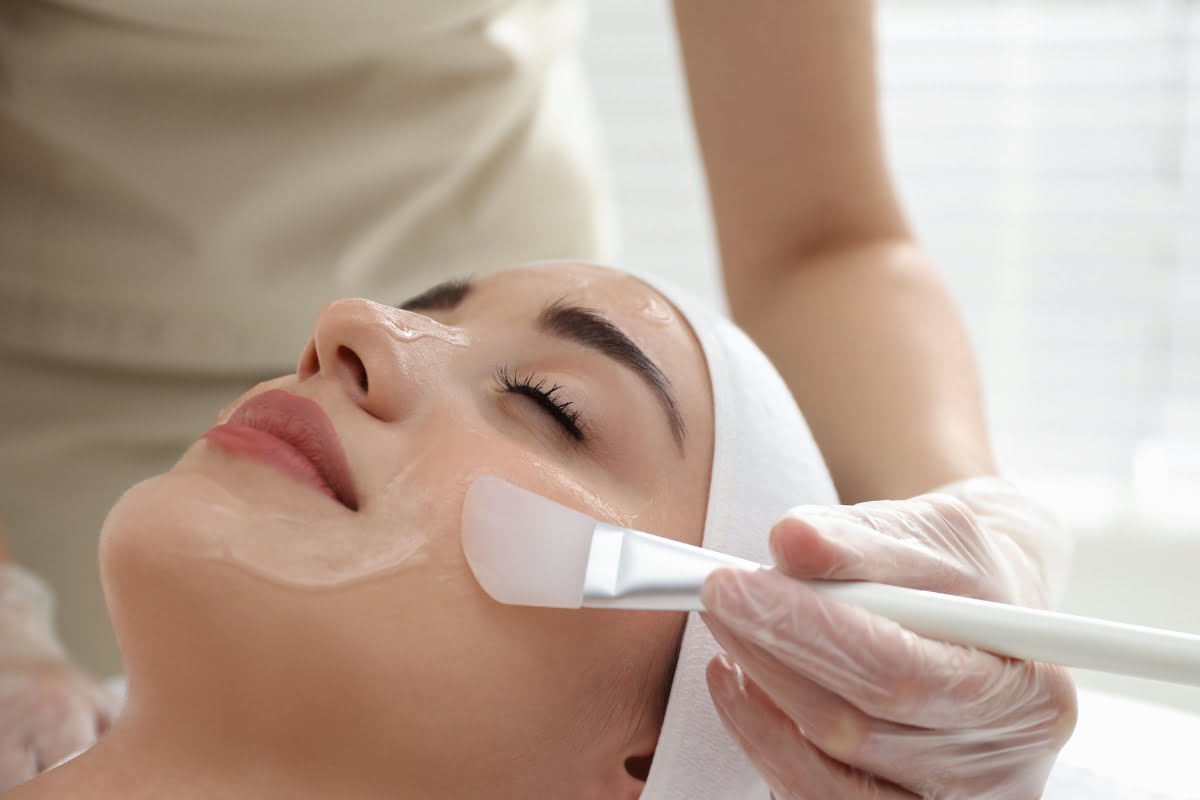
After undergoing a physical exfoliation treatment like a chemical peel, it is crucial to prioritize post-peel care to nurture your skin back to radiance. Your skin needs special attention and gentle care to recover effectively and reveal its natural glow.
- Hydrate: One of the key steps in post-peel care is hydrating your skin adequately. Opt for gentle, non-comedogenic moisturizers to replenish lost moisture and maintain skin barrier integrity post-physical exfoliation.
- Sun Protection: Shielding your skin from harmful UV rays is essential after a chemical peel. Use a broad-spectrum sunscreen with a high SPF to protect your skin from potential sun damage and premature aging.
- Avoid Harsh Ingredients: Post-peel, steer clear of harsh skincare products that can irritate or further sensitize your skin. Opt for mild, soothing formulations to promote healing and prevent any adverse reactions.
- Gentle Cleansing: Choose a mild, non-abrasive cleanser to gently cleanse your skin without stripping it of essential oils. Harsh cleansers can exacerbate post-peel sensitivity and compromise your skin’s recovery process.
- Patience is Key: Allow your skin the time it needs to heal and rejuvenate post-physical exfoliation. Avoid rushing into intense skincare routines and treatments that can hinder your skin’s natural healing process.
- Consult a Professional: If you experience persistent redness, irritation, or any concerning skin reactions post-peel, consult a skincare professional for guidance and tailored recommendations to address your specific concerns.
By following these post-peel care tips diligently, you can effectively nurture your skin back to radiance and maximize the benefits of physical exfoliation treatments like chemical peels. Prioritize your skin’s health and well-being with a dedicated post-peel care routine that supports recovery and enhances your skin’s natural luminosity.
Addressing Common Misconceptions About Chemical Peels
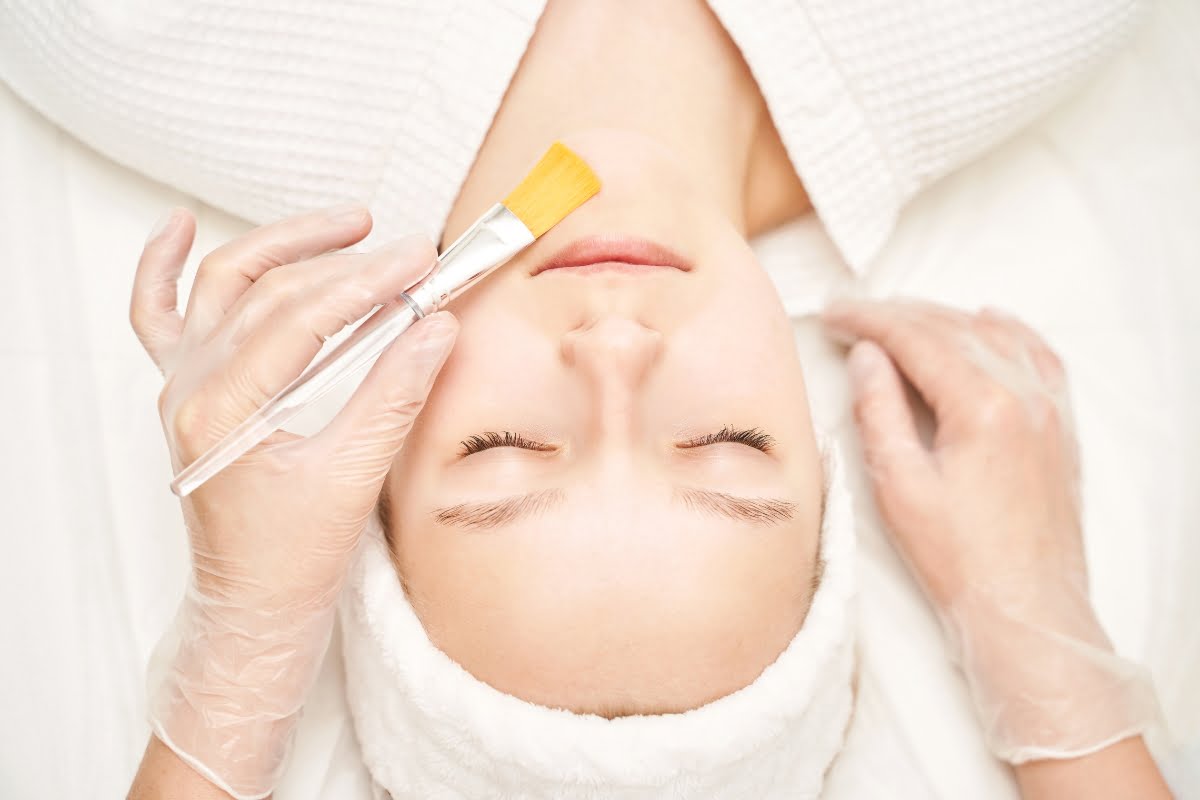
When it comes to physical exfoliation, chemical peels often spark various misconceptions and concerns among individuals seeking radiant skin. Let’s dive into debunking some of the common myths surrounding chemical peels to understand their actual power in skincare.
Myth 1: Chemical Peels are Painful
Contrary to popular belief, modern chemical peels are formulated to be gentle yet effective. They might cause a slight tingling sensation, but discomfort is minimal, making them suitable for various skin types, including sensitive skin.
Myth 2: Chemical Peels Lead to Excessive Peeling
While mild peeling can occur after a chemical peel, it is a natural part of the skin renewal process. The intensity of peeling largely depends on the type of peel used and the individual’s skin sensitivity. Proper post-peel care can help manage any peeling effectively.
Myth 3: Chemical Peels are Only for Acne-Prone Skin
Chemical peels offer a wide range of benefits beyond acne treatment. They can help improve skin texture, reduce hyperpigmentation, diminish fine lines, and boost overall skin radiance. Individuals with various skin concerns can benefit from the rejuvenating effects of chemical peels.
Myth 4: Chemical Peels are Unsafe for Darker Skin Tones
With advancements in skincare formulations, chemical peels can be tailored to suit different skin tones safely. It is crucial to consult a skincare professional experienced in treating diverse skin tones to customize the peel strength and ingredients for optimal results without causing pigmentation issues.
Myth 5: Chemical Peels Require Lengthy Recovery Time
Depending on the type of chemical peel, the recovery time can vary. While some peels might cause minimal redness or peeling for a few days, there are also gentle peels with little to no downtime. Skincare professionals can recommend the most suitable peel based on individual skin concerns and preferences.
Enhancing Your Skincare Regimen with Chemical Peels
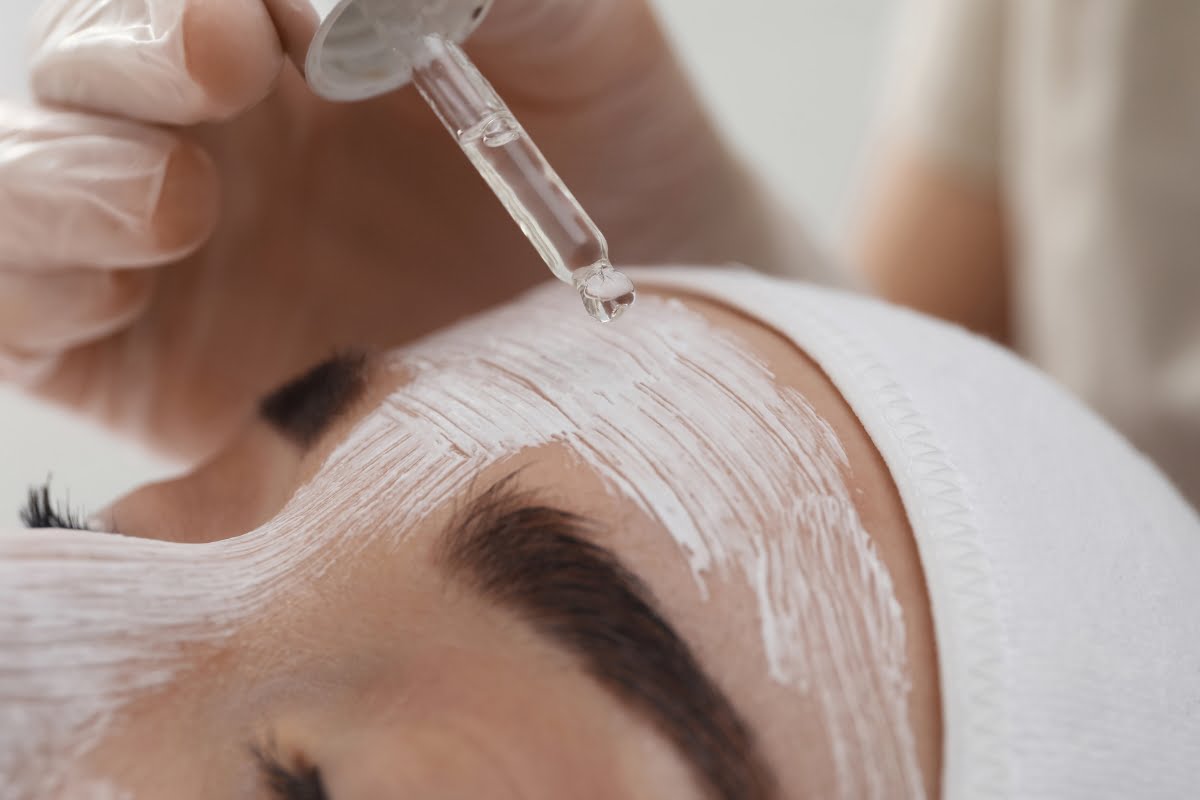
Integrating chemical peels into your skincare regimen can take your routine to the next level. Here’s how you can enhance your existing routine:
- Consistency is Key: Incorporate chemical peels regularly into your skincare routine to maintain the benefits and continue improving your skin’s health.
- Complement with Hydrating Products: After a chemical peel, focus on hydrating and nourishing products to support the healing process and maintain optimal skin health.
- Customize for Your Needs: Work with a skincare professional to determine the ideal frequency, strength, and type of chemical peel that aligns with your skin concerns and goals.
Conclusion: Embracing the Glow with Chemical Peels
The power of chemical peels in achieving radiant, youthful-looking skin is undeniable. By harnessing the science behind these transformative treatments, you can unlock a world of possibilities for your skincare routine. From addressing specific concerns to maintaining overall skin health, chemical peels offer a versatile and effective solution.
Experience the transformative benefits of chemical peels for radiant, youthful skin at Skin Suite Medspa. Our team of experts is dedicated to helping you achieve your skincare goals and uncovering your skin’s natural glow. Contact us today at (770) 802-8900 to learn more about our chemical peel treatments and take the first step towards rejuvenated skin. Go ahead and book an appointment through our website form and get started on your journey to beautiful, radiant skin.

